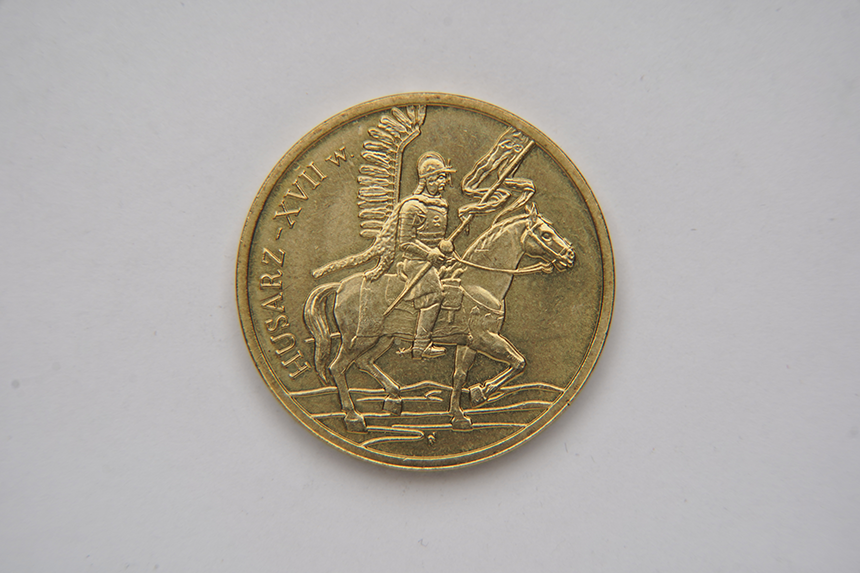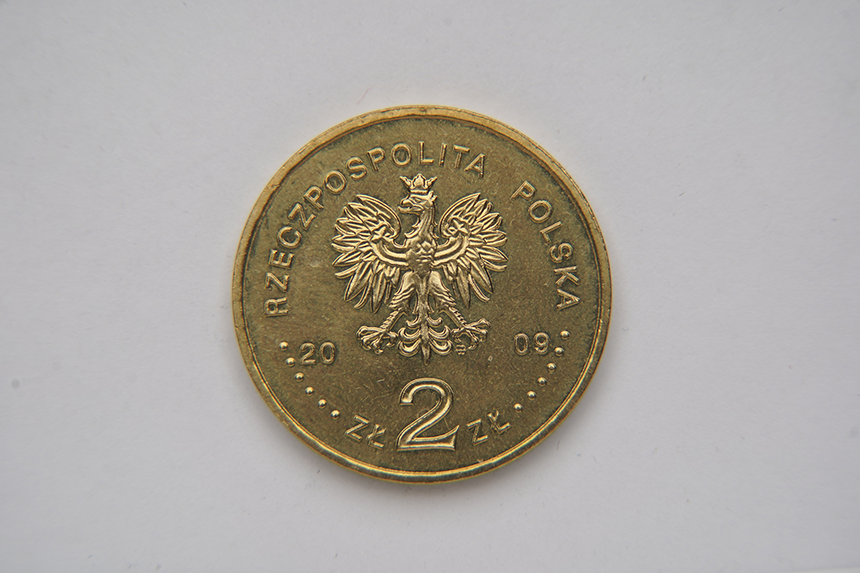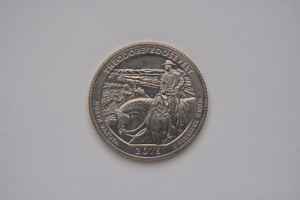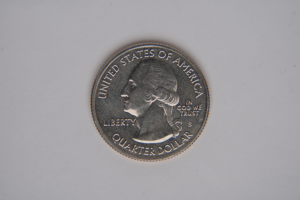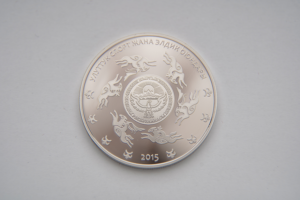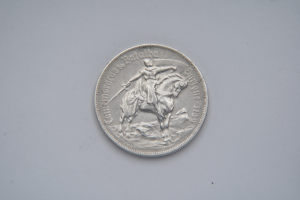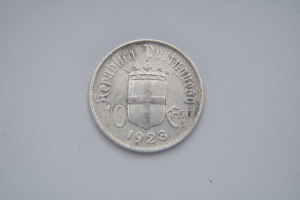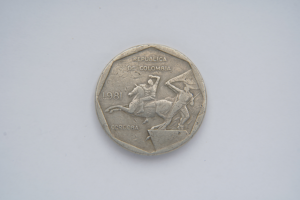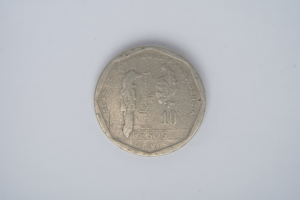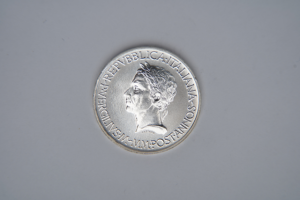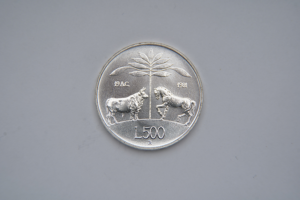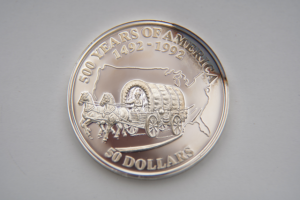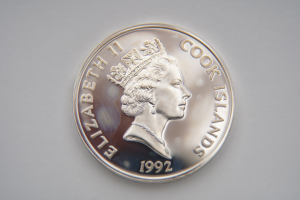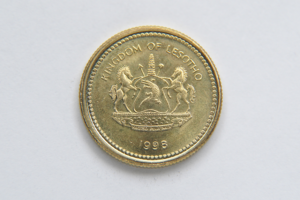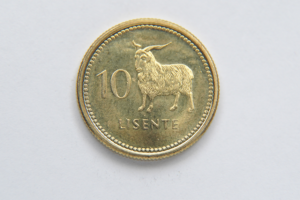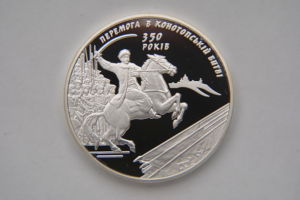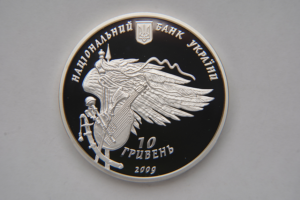Winged horsemen – Hussars.
Obverse of the coin.
Big size of reverse of the coin.
More information
Winged horsemen – Hussars.
So here we have the Polish zloty, nominal - 2. The year of issue of this coin is 2009. Mint: Warsaw, Poland. Total circulation – 1.400.000.
The Polish hussars alternatively known as the winged hussars, were a heavy cavalry formation active in Poland and in the Polish–Lithuanian Commonwealth from 1503 to 1702.
The hussar dress was ostentatious and comprised plated body armour (cuirass, spaulders, bevors, and arm bracers) adorned by gold ornaments, a burgonet or lobster-tailed pot helmet and jackboots as well as versatile weaponry such as lances, sabres, backswords, pistols, maces, and hatchets. It was customary to maintain a red-and-white colour scheme, and to be girded with tanned animal hide. The wings were traditionally assembled from the feathers of raptors, and the angel-like frame was fastened onto the armour or saddle.
The early hussars were light cavalry units of exiled Balkan warriors who came to Poland as mercenaries in the early 16th century. Following the reforms of king Stephen Báthory (r. 1576–1586), the Polish military adopted the unit and transformed it into heavy shock cavalry, with troops recruited from the Polish nobility.
The hussar formation proved effective against Swedish, Russian and Ottoman forces, notably at the Battles of Kircholm (1605), Klushino (1610) and Khotyn (1673). Their military prowess peaked at the Siege of Vienna in 1683, when hussar banners participated in the largest cavalry charge in history and successfully repelled the Ottoman attack.
Object data
Title
Winged horsemen – Hussars.
Artist
Obverse: Ewa Tyc-Karpińska. Reverse: Andrzej Nowakowsky.
Founder
Warsaw, Poland.
Date
2009.
Culture
Poland.
Medium
Brass.
Dimensions
8.15x27x2.12.
Classification
Coin.

